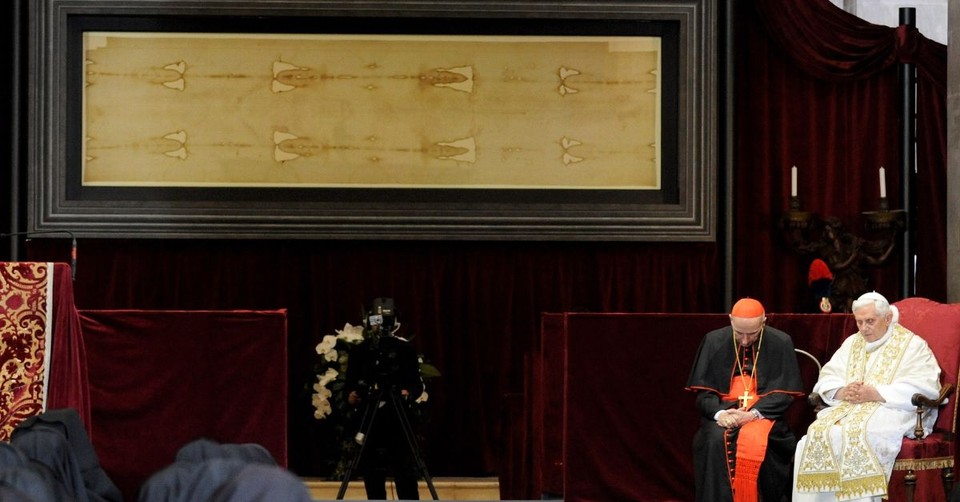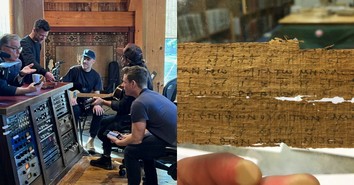Is This What Jesus Looked Like? AI Uses Shroud of Turin to Create Life-Like Image

An AI company has released a life-like image of what Jesus may have looked like based on a computer analysis of the Shroud of Turin. This mysterious linen cloth has divided Christians worldwide over its authenticity.
The AI image by the company Midjourney shows a man with long hair, a beard, and a mustache staring straight ahead. The image looks similar to modern-day portrayals of Jesus in movies and television programs and, of course, similar to the faint image in the Shroud.
The Jerusalem Post reported that the AI image also shows the “top portion of his body … and he is wearing what appears to be a simple tunic.” The history of the Shroud of Turin, The Post said, “is complicated and full of mystery and controversy.”
That’s putting it mildly.
According to Artificial Intelligence, this is what Jesus looked like if the Shroud of Turin is authentic. pic.twitter.com/CQaxwfv3Qn
— Lee Strobel (@LeeStrobel) September 27, 2023
The Shroud, 14 feet long, depicts an image of a crucified man and first surfaced in historical records in Lirey, France, during the 1350s, when a French knight by the name of Geoffroi de Charny purportedly offered it to the dean of the local church in Lirey, claiming it to be the genuine burial cloth of Jesus, according to History.com. No records exist on how de Charny got the cloth, thus leaving the preceding 1,300 years in silence.
The wounds of the crucified man in the Shroud are similar to the descriptions of the wounds received by Christ as described in the Bible, including a wound on the side.
Scientific analyses of the Shroud have dated it anywhere from 300 B.C. to A.D. 400, to between A.D. 1260 and 1390, according to History.com. A scientific test of pollen traces on the Shroud said the pollen came from Israel.
Gary R. Habermas of Liberty University is perhaps the most prominent evangelical who says the Shroud is likely the authentic burial cloth of Christ.
“There’s a lot of historical arguments” for its authenticity, he said in 2022. “... I think there’s a good chance that the Shroud is the burial garment of Jesus.”
In a 1981 article, Haberman theorized that the image on the cloth was “probably caused by a burst of radiation from a dead body.”
Photo Courtesy: ©Getty Images/Pool/Pool
Michael Foust has covered the intersection of faith and news for 20 years. His stories have appeared in Baptist Press, Christianity Today, The Christian Post, the Leaf-Chronicle, the Toronto Star and the Knoxville News-Sentinel.
Listen to Michael's Podcast! He is the host of Crosswalk Talk, a podcast where he talks with Christian movie stars, musicians, directors, and more. Hear how famous Christian figures keep their faith a priority in Hollywood and discover the best Christian movies, books, television, and other entertainment. You can find Crosswalk Talk on LifeAudio.com, or subscribe on Apple or Spotify so you never miss an interview that will be sure to encourage your faith.
Originally published September 28, 2023.





